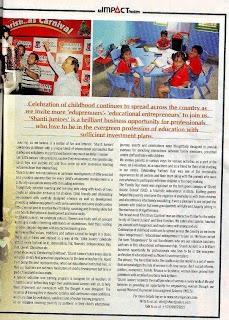Theappalling shortage in blood banks has motivated the Chiripal Group of Industries to step forward again to address this need. With 500 plus donors in 2009, a 1000 plus donors in 2010, this humanitarian endeavor is hoping to achieve a record withmore than 2000 donors this year!
Voluntary Blood Donors receive a “Priority Voucher” which assures that they receive blood without replacement from Prathama (Blood Bank) within a period of 1 year, when they need it for themselves or immediate family members.
Essential Information regarding Blood Donation:
The donor should be between 18 to 60 years of age, weighing 50 kg or more, having a normal pulse rate and blood pressure, and a minimum haemoglobin of 12.5g/dL.
The donor should not have been afflicted with a major ailment in the past one year.
It’s very safe to donate blood. The fluid part of blood gets replenished within minutes, cells within a few days and the iron stores in a few weeks.
A light refreshment is suggested before donating blood. If one has just taken a meal, it is advisable to wait for 15-30 minutes.
More than 3 lives can be saved with one unit of donated blood, as it is separated into blood components like Red Cells, Plasma & Platelets.
A small offering on your part may be the greatest gift for someone else.
Donate Blood, Gift Life.



